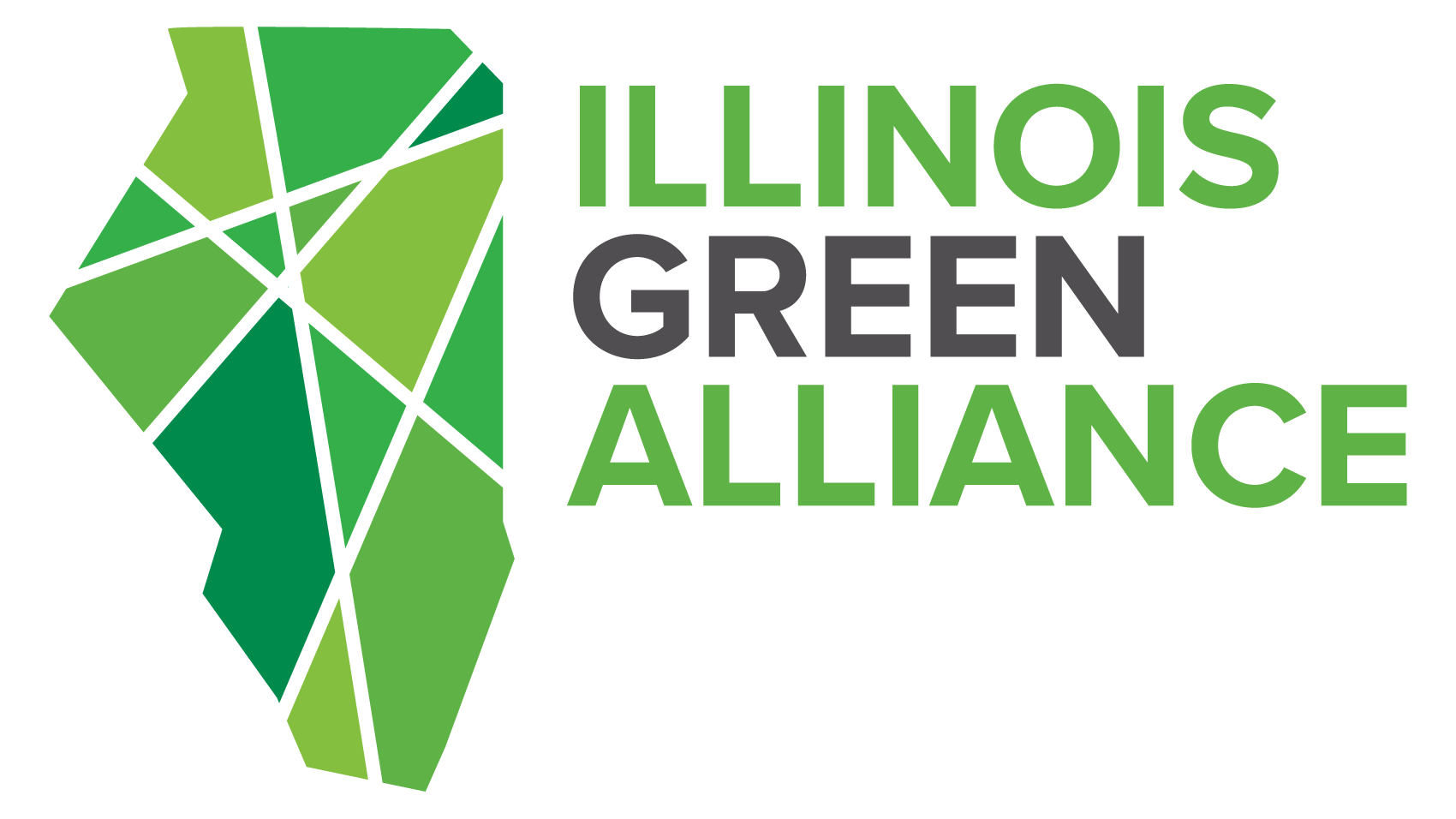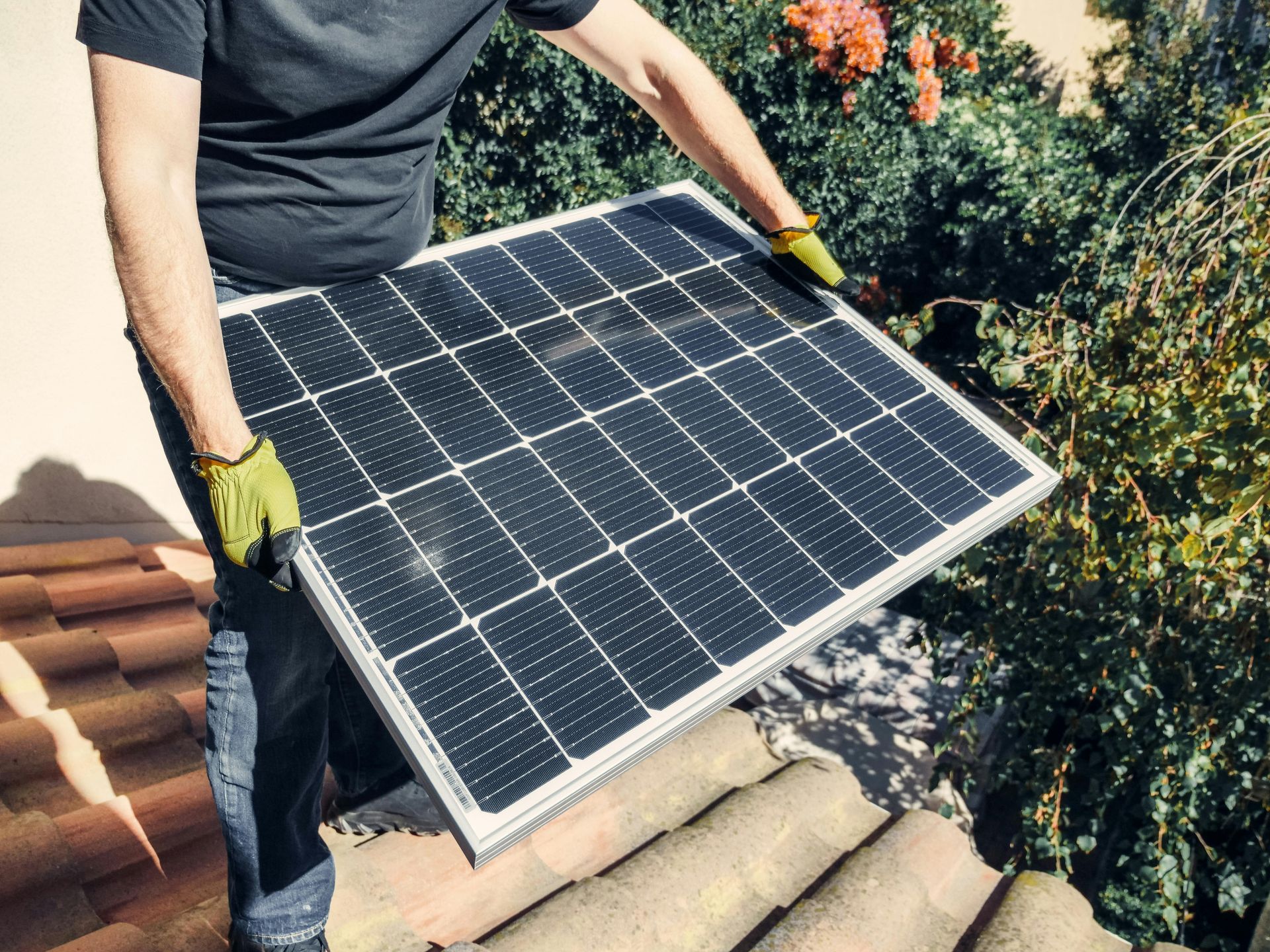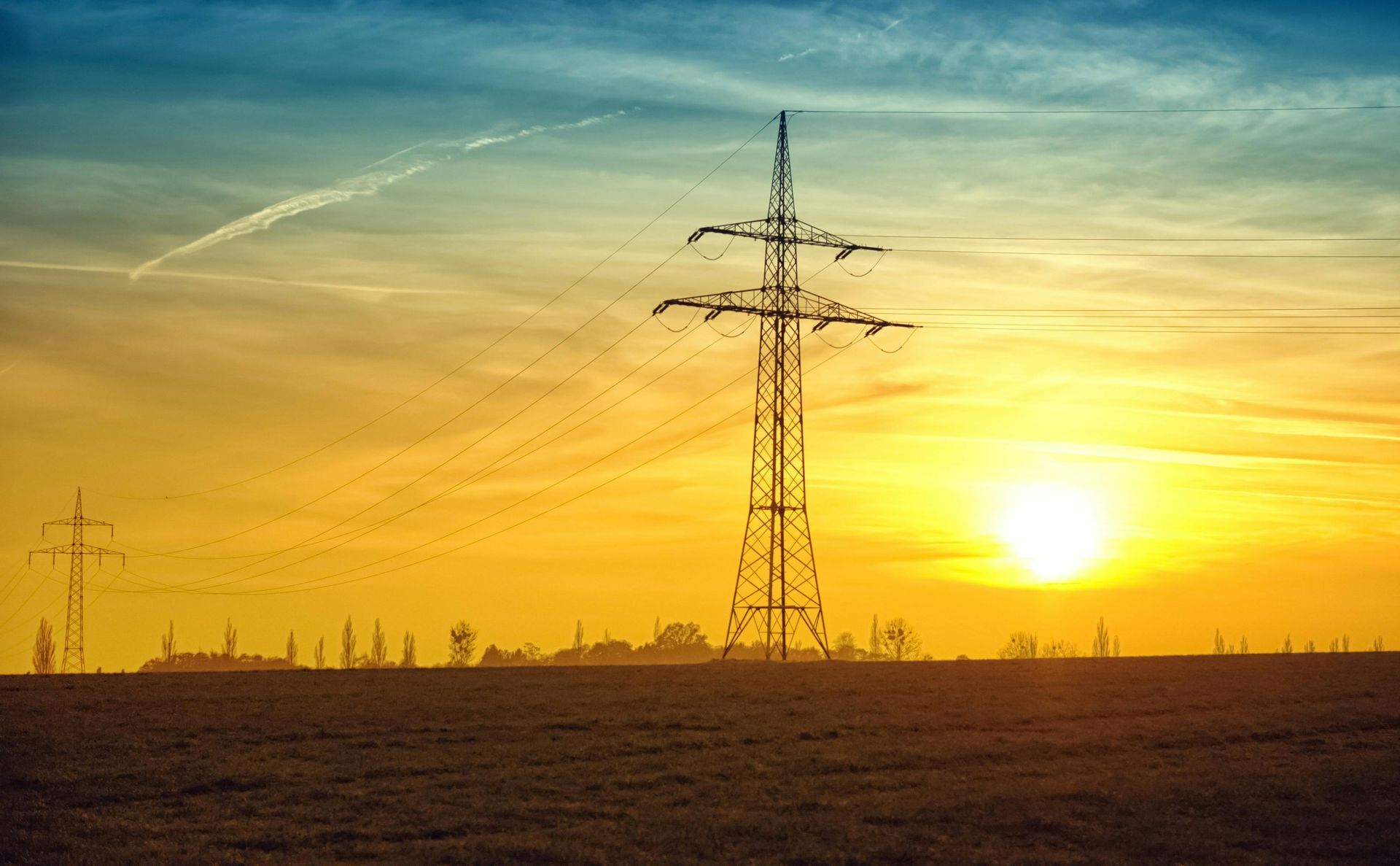Illinois Green Policy Update: July 2024
Illinois receives $430 million to fight climate change through buildings
Last week, the Illinois Environmental Protection Agency (EPA) was awarded a massive $430 million grant from the U.S. EPA that has the potential to give the state a major boost towards reaching its climate goals by supporting building decarbonization. Estimates from the state claim that the investment could reduce the state’s CO2 emissions by 8.5 billion metric tons by 2030 and 57.4 billion over the following 20 years.
The award was received through the Climate Pollution Reduction Grant (CPRG), a major initiative of the Inflation Reduction Act. Phase I of the program provided state and local governments with funding to develop comprehensive greenhouse gas reduction plans that pinpoint challenges to the clean economy and create solutions towards overcoming them. Phase II then encouraged states and municipalities to apply for funding to help implement their plans. In total, 45 states and over 200 local governments created sustainability plans and $4.3 billion was distributed to 25 projects across the country.
Through this process, the Illinois EPA developed the Priority Climate Action Plan to complement the ambitious goals set in the Climate and Affordable Jobs Act (CEJA), while also building out moreexpansive plans and incentives for building decarbonization. This plan emphasizes the need to clean up the building sector as it is a major contributor to the state’s greenhouse gas output. Residential and commercial buildings contribute over 15% of the state’s emissions and industry makes up another 18%.
The Priority Climate Action Plan sets the goal to reduce building energy use by 33% by 2050 and lays out eight priority measures to achieve it:
- Establish a Clean Building Gap Closing and Incentive Stacking Catalyst Fund.
- Create a Navigator program providing consumer outreach and clean building project support.
- Establish a Clean Buildings Access Portal to support low-income communities in obtainingfunding opportunities for building decarbonization.
- Accelerate clean buildings contractor training to include heat pump installation, electrical upgrades, and more.
- Conduct large building owner outreach and set up a clean buildings concierge.
- Conduct a public building decarbonization assessment and significantly reduce energy use in public buildings.
- Support community geothermal planning and pilots.
- Accelerate stretch building code adoption by local governments.
These programs are expected to receive $172 million in support to address emissions from residential, commercial, and industrial buildings. Through this grant, the Illinois EPA aims to finance 12,000 home retrofits, 2.3 million sq. ft. of commercial decarbonization, 10 industrial decarbonization projects, and support more worker training programs.
The state has also been allocated over $115 million for transportation electrification and $111 million for sustainable agriculture through the CPRG. This award adds to a growing list of green building grants for Illinois, including $156 million for Solar for All, $100 million+ from the National Clean Investment Fund, and over $45 million for other Climate Bank programs.
Going forward, the state has two years to develop an action plan and begin rolling out the new programs that will be supported by the CPRG funding. Stay tuned for more updates as this process develops.
Chicago releases updated Sustainable Development Policy
The City of Chicago has completed the 2024 update of its Sustainable Development Policy. This policy helps the city advance its sustainability, resilience, and environmental justice goals by pushing projects that receive city funding, a zoning change, or go through the planned development process, to achieve a higher standard of sustainability in exchange for the benefits they receive. This is the second update to the policy since its creation in 2004.
The 2024 changes to the policy reflect recent advances in building efficiency standards and new points of emphasis like public health and bird-safe design. With the adoption of the 2021 Chicago Energy Transformation Code, many of the strategies in the previous policy had been exceeded by the base code. Overall, 20 new strategies were added, 18 have been modified, and five have been eliminated.
Key changes include:
- New energy strategies involving solar-ready construction, building electrification, 40% glass façade limits, and ComEd new construction best practices.
- New green infrastructure strategies featuring industrial landscape buffers, naturalized river edges, exceeding river setback or naturalized space, and more.
- New public health strategies for Fitwel Certification, air-quality monitoring, indoor air quality, clean industrial equipment, and more.
- New waste diversion and reuse strategies.
- Higher weights for bird-safe design.
- A new sustainability excellence and innovation category.
The 2024 policy has also revised the way third-party certifications are handled. The updates now focus on higher-tier certifications and have added zero energy and carbon options to the menu. Projects seeking to comply through the certification pathway will have a more stringent choice of additional compliance strategies.
As of July 1, the new policy has been fully approved with all new projects seeking approval on or after January 1, 2025 required to comply with the new policy. Find the full policy here.
More Green Building Highlights
- A new report links rising energy costs to the fossil fuel industry and utility incentives, despite industry claims that renewables are to blame. Energy Innovation’s analysis finds that average U.S. energy bills have risen 24% since 2010, largely due to price spikes in natural gas and aging coal plants. The report also finds that the increases have been somewhat mitigated by increases in energy efficiency and lower costs of renewable energy. Read more here.
- Governor Pritzker has signed the Safety and Aid for the Environment in Carbon Capture and Sequestration Act into law. The act aims to prevent greenhouse gasses stored underground from contaminating nearby land and water. Additionally, it sets a moratorium on new CO2 pipelines. Read more here.
- McCormick Place has begun installing bird-safe window film, following a mass casualty event where over 1,000 birds were killed in a collision in a single day. Chicago remains the most dangerous city in the nation for migratory birds. Read more here.




